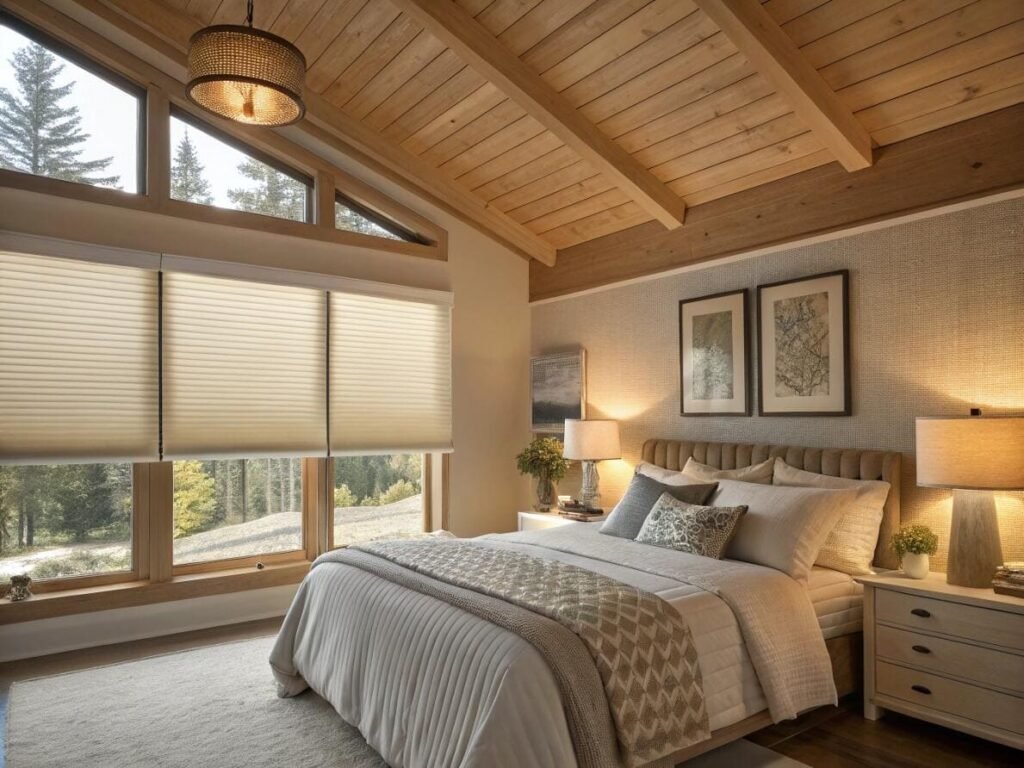You're about to order blinds for a project, and the first question is always the same: inside or outside mount? A wrong decision can ruin the aesthetic, compromise function, and create installation headaches.
The best mounting style depends entirely on your window's construction and your primary goal. Inside mount offers a clean, built-in look, while outside mount[^1] provides superior light control and insulation.
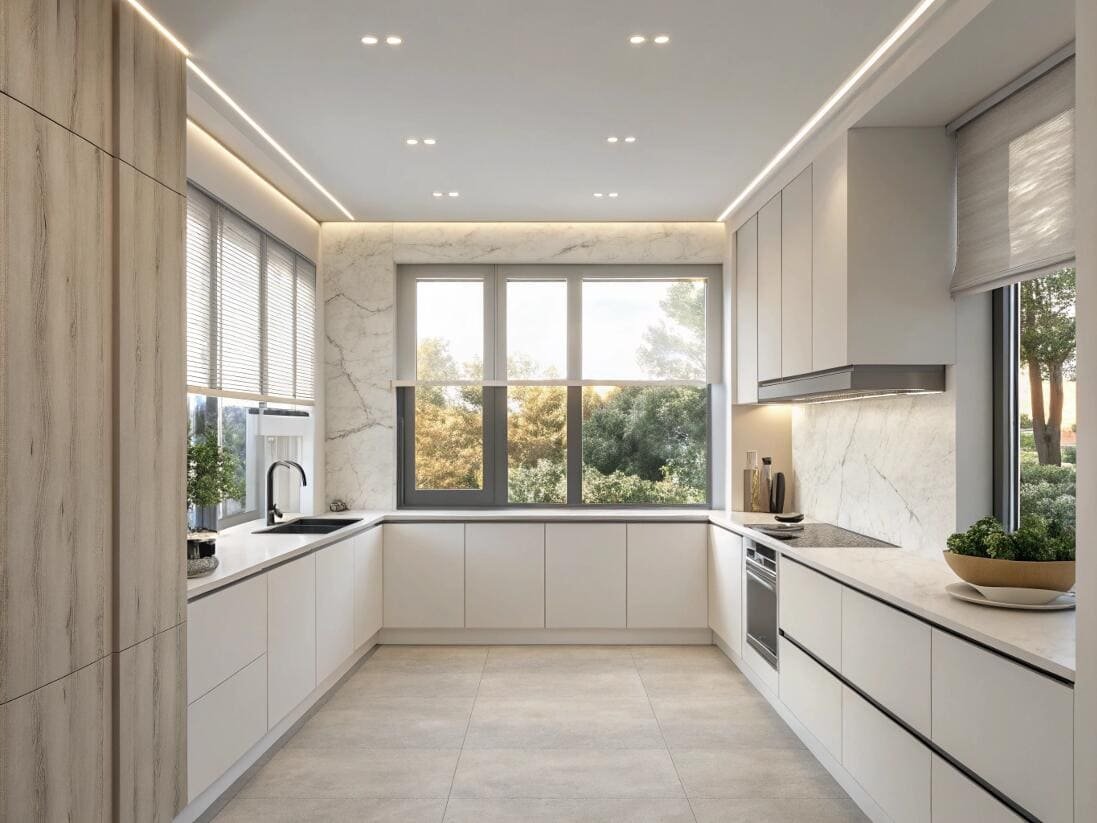
I discuss this with my partners, like Emma the interior designer, on nearly every project. The choice between inside and outside mount isn't just a matter of preference; it's a technical decision that impacts everything from light leakage to energy efficiency. Getting it right from the start is the key to a flawless installation and a happy client. To make it simple, I've broken down the decision into a few key questions. This framework will help you choose the perfect mounting style for any scenario, every single time.
Do blinds go inside or outside a window frame?
Your client wants a clean look, but you're not sure if their windows are suitable. You need to know the fundamental difference between the two mounting options to guide them correctly.
Inside mount fits within the window casing for a minimalist look. Outside mount attaches to the wall or trim above and around the window, providing maximum coverage. The right choice depends on your priorities.
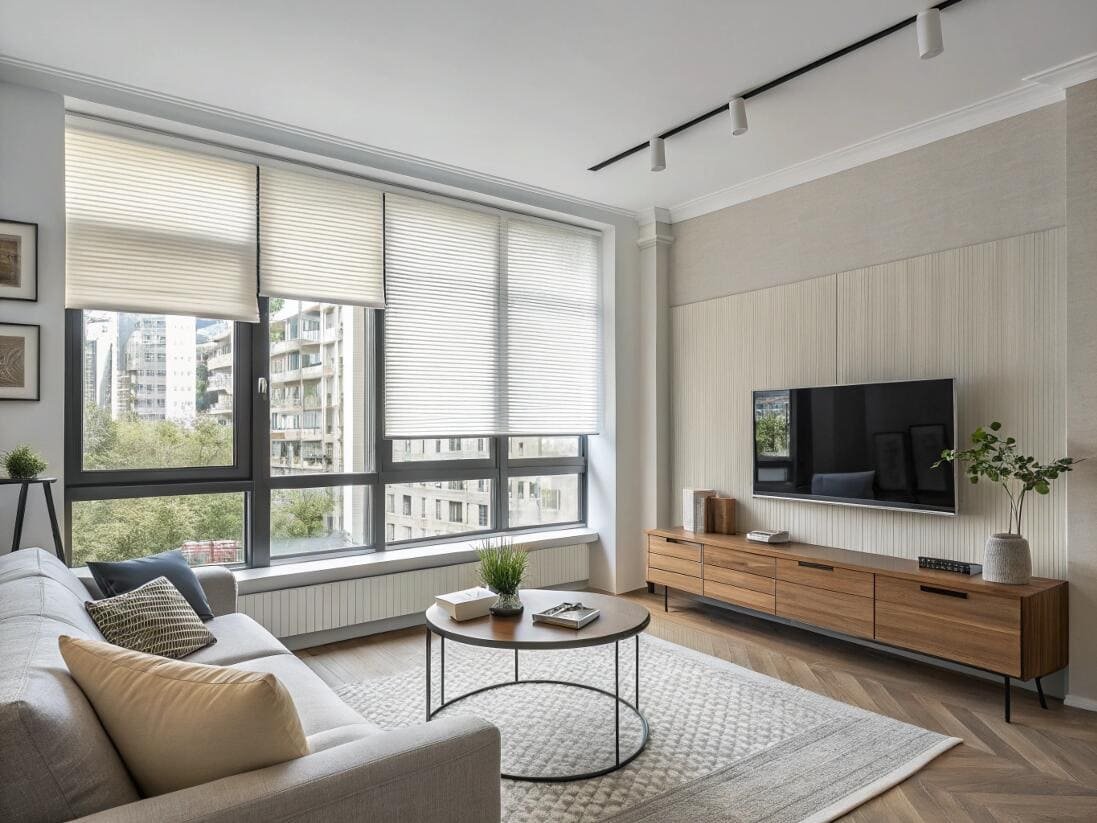
Let's define the two approaches. Inside mount is when the blind is installed directly inside the window recess or frame. It provides a very clean, tidy appearance because the blind doesn't project into the room. It allows the window frame[^2] itself to be a design feature. This is often the preferred choice for a minimalist aesthetic because the window and wall feel like a single, flat plane. The major limitation is that you must have enough depth in your window frame to accommodate the blind's headrail.
Outside mount is the opposite. The blind is installed on the wall or the window trim, completely covering the window opening. This method is more forgiving if you have shallow windows. A huge benefit is that it can make a window appear larger and the ceiling seem higher, which is a great design trick for rooms with low ceilings, like in many residential or hotel projects. It's the most practical choice when the window frame is too shallow for an inside mount[^3].
What are the minimum recess depth[^4] requirements for an inside mount?
You love the clean look of an inside mount, but you're worried the blind won't fit. How much space do you actually need inside the window frame?
The required depth depends on the blind type. Simple roller shades may only need 50mm (2 inches), but heavier Venetian or honeycomb blinds often require at least 75mm (3 inches) for a flush fit.
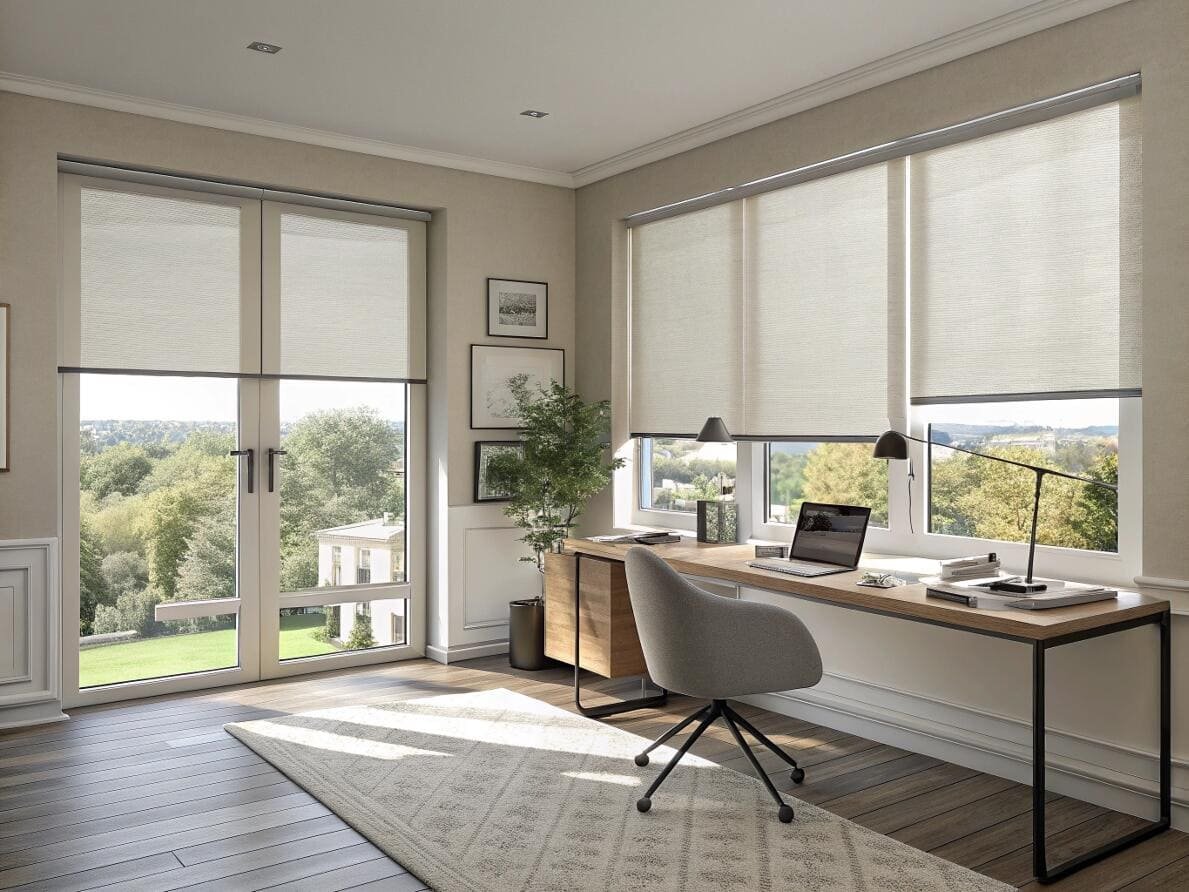
This is the most critical measurement for a successful inside mount. If the window recess is too shallow, the blind's headrail will stick out awkwardly, defeating the purpose of a clean, built-in look. Before you even consider an inside mount, you must measure the depth of the window frame. I always provide my project partners with a clear checklist.
Here are the typical minimum depths you'll need for a clean, flush installation:
| Blind Type | Minimum Required Depth | Why It Needs This Depth |
|---|---|---|
| Roller Shades | 50mm (2") | To house the roller tube and brackets. |
| Aluminum Venetian | 65mm (2.5") | For the headrail that contains the tilt mechanism. |
| Faux Wood Venetian | 75mm (3") | The headrail is larger to support heavier slats. |
| Honeycomb Shades | 65mm (2.5") | To fully contain the headrail and operating system. |
When you order an inside mount blind, always provide the exact inside dimensions of the window frame. As a manufacturer, we then make a small deduction, typically 6mm (3mm on each side), from the width you give us. This tolerance ensures the blind can be raised and lowered smoothly without scraping against the sides of the window frame.
How do you get the best blackout performance?
Your client needs a completely dark room for a home theater or a bedroom. You know that even with blackout fabric, light can still leak in from the sides.
For the best blackout effect, use an outside mount. By ordering the blind to be significantly wider and taller than the window, you create an overlap that blocks almost all light leakage.
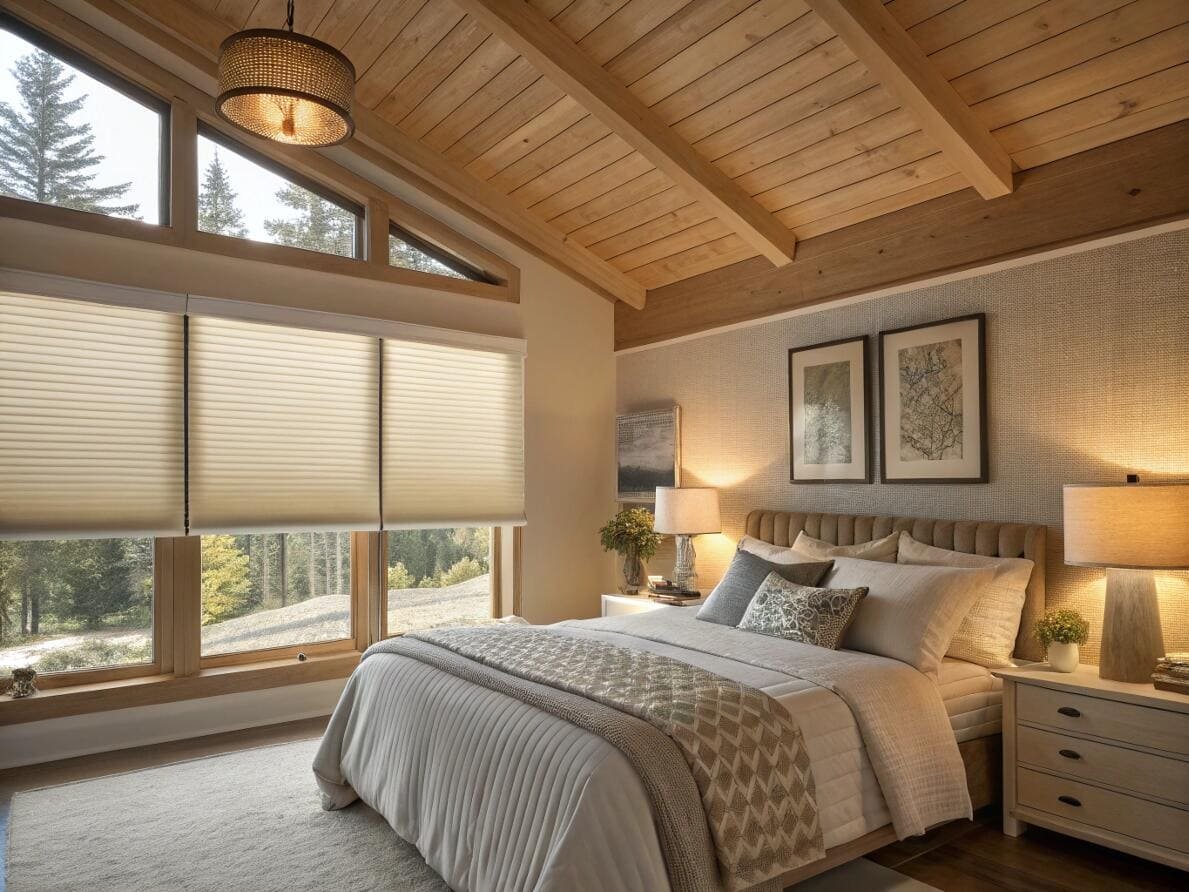
Light gap is the enemy of a true blackout experience. With an inside mount, there will always be a small gap on each side of the fabric; it's necessary for the blind to operate. While you can add side channels or light-blocking strips to minimize this, it adds cost and complexity.
The simplest and most effective solution is an outside mount. By taking advantage of the wall space around the window, you can create a super-effective light seal. My rule of thumb for project contractors is simple. For a true blackout result, measure the window opening and add at least 50-75mm (2-3 inches) to the width on each side. Then, add at least 100mm (4 inches) to the height. This generous overlap ensures the fabric covers the entire window frame and blocks the light from leaking around the edges. With a 75mm overlap, we can control the light gap to be less than 3mm, which is practically unnoticeable. This makes outside mounting the default choice for hotel rooms, conference rooms, and home theaters where light control is non-negotiable.
Do blinds really reduce energy costs?
Your client is concerned about high heating or cooling bills. You want to offer a window treatment that provides a real, measurable improvement in insulation.
Yes, blinds significantly reduce energy costs, and an outside mount is more effective. The air pocket it creates between the blind and the window can improve thermal efficiency[^5] by an extra 8-12%.
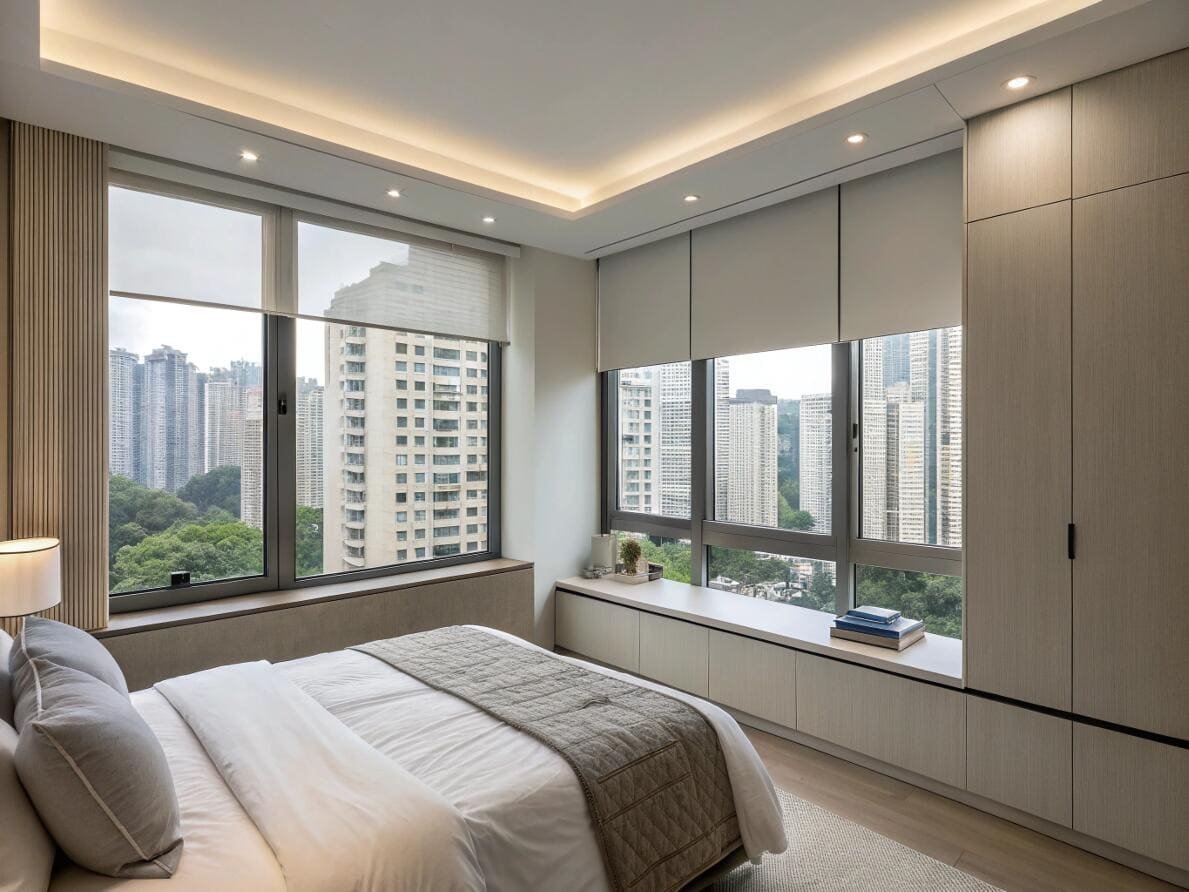
All window blinds provide some level of insulation by creating a barrier. However, the way they are mounted dramatically affects their performance. While an inside-mounted blind helps, an outside-mounted blind is the clear winner for energy efficiency. The reason is simple: it creates a larger, more effective insulating air pocket.
By mounting the blind on the wall, you trap a layer of still air, about 30-50mm deep, between the fabric and the entire window frame. This trapped air acts as a buffer, slowing down the transfer of heat. In the summer, it helps block the sun's heat from entering the room. In the winter, it prevents warm indoor air from escaping through the cold glass. This effect is especially powerful with honeycomb shades[^6], whose internal cells already trap air. Adding the external air pocket from an outside mount supercharges their insulating power. This performance boost, often between 8-12%, is a huge selling point for energy-conscious clients, especially for retaining heat during colder months.
Conclusion
The right choice is clear when you assess your window's depth and your project's main goal. Choose inside mount for a minimalist look with deep windows, and outside mount for superior light control and energy savings.
---
[^1]: Discover how outside mount blinds can provide superior light control and insulation for your home.
[^2]: Explore how the depth of your window frame impacts the choice and installation of blinds.
[^3]: Explore the advantages of inside mount blinds for a clean, minimalist aesthetic that enhances your window design.
[^4]: Get essential information on the minimum recess depth required for a successful inside mount installation.
[^5]: Understand how blinds can enhance thermal efficiency and help maintain comfortable indoor temperatures.
[^6]: Learn about the unique benefits of honeycomb shades, including their energy efficiency and design.Partner with VelaBlinds for Your Next Project
Smart window treatments shouldn't be complicated. After working with 500+ distributors and contractors worldwide, I've streamlined the process to get you quality products, competitive pricing, and reliable support - every time.
Why project professionals choose VelaBlinds:
- ✅ Fast, Accurate Quotes - Detailed specs and pricing within 24 hours
- ✅ Transparent Pricing - No hidden fees, volume discounts clearly outlined
- ✅ Quality Assurance - Direct partnerships with certified OEM manufacturers
- ✅ Project Support - Dedicated account manager from quote to delivery
Start your next project:
📧 Quick Quote: Send your requirements to info@velablinds.com
📱 Direct Contact: WhatsApp +86 137 2012 8317
🌐 Browse Solutions: https://velablinds.com/
📁 Product Resources: Access spec sheets, catalogs & project files
Paul Chen, Founder
"I built VelaBlinds to solve the real challenges I faced as a project buyer - long lead times, unclear specs, and unreliable suppliers. Let's discuss how we can power your projects with smarter blinds."
Serving distributors and contractors across North America, Europe, and Australia since 2018.

